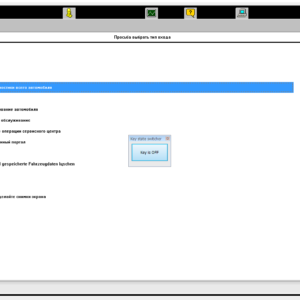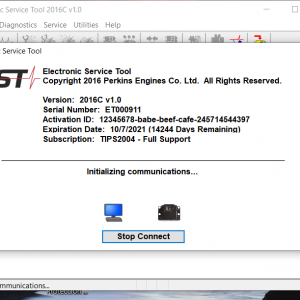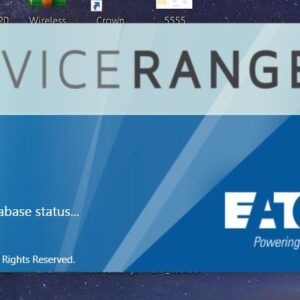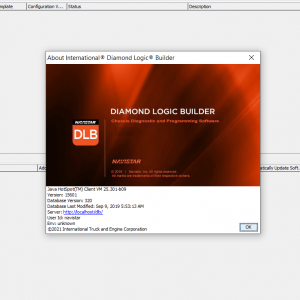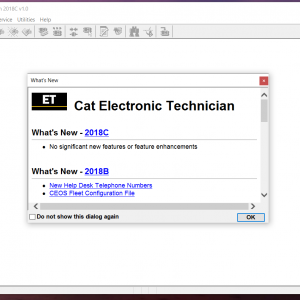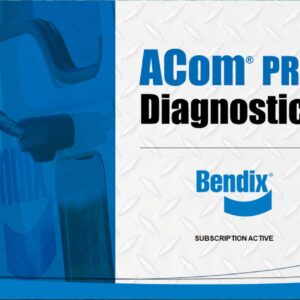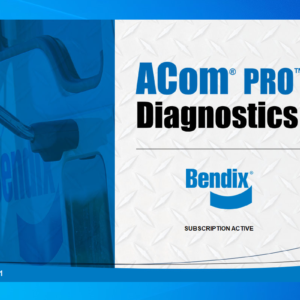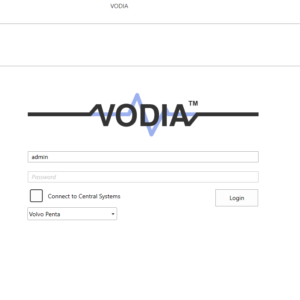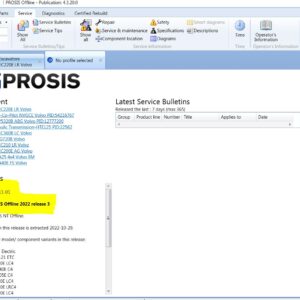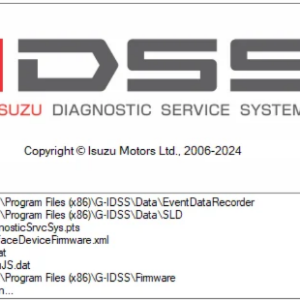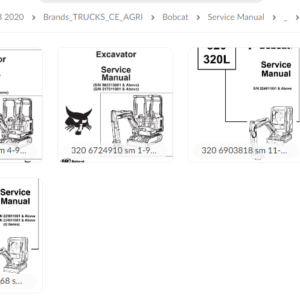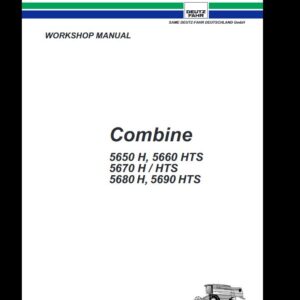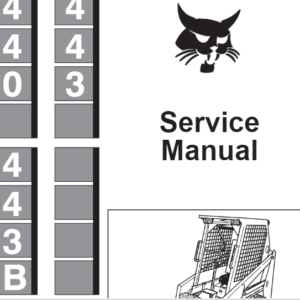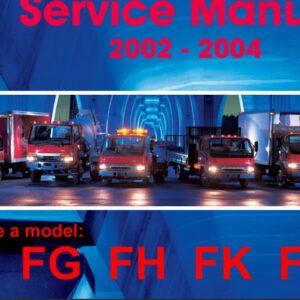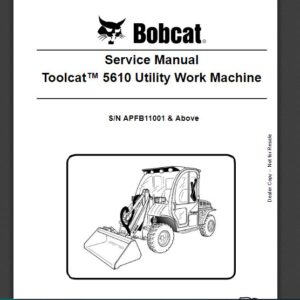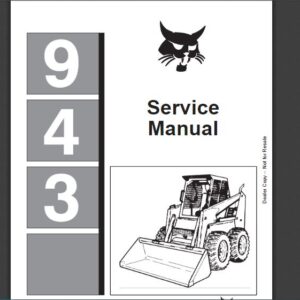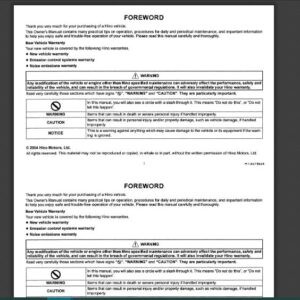Cummins ISB4.5 CM2150 Fault Code: 1682 PID: SPN: 3362 FMI: 31 Aftertreatment Diesel Exhaust Fluid Dosing Unit Input Lines – Condition Exists
Circuit Description
For an air assisted SCR aftertreatment system, the aftertreatment diesel exhaust fluid dosing unit requires air pressure from the OEM air tanks. The diesel exhaust fluid dosing unit precisely measures the amount of diesel exhaust fluid (DEF or Urea) to be injected into the aftertreatment system. The diesel exhaust fluid dosing unit has three primary cycles. A priming cycle at initial engine start makes sure that diesel exhaust fluid is available at the diesel exhaust fluid dosing unit. During the dosing cycle, the diesel exhaust fluid is being delivered to the aftertreatment nozzle. A purge cycle occurs when the engine is turned off. The purge cycle makes sure that all the diesel exhaust fluid is removed from the diesel exhaust fluid line and aftertreatment nozzle.
Component Location
The aftertreatment diesel exhaust fluid dosing unit location is OEM dependent. Refer to the OEM service manual for more information.
Conditions for Running the Diagnostics
This diagnostic consists of multiple parts, which run when the engine is first started, and make take up to 12 minutes to complete.
Conditions for Setting the Fault Codes
The aftertreatment diesel exhaust fluid dosing unit is not able to provide the correct dosing rate to the aftertreatment nozzle.
Action Taken When the Fault Code is Active
-The ECM illuminates the amber CHECK ENGINE lamp and/or the MIL immediately after the diagnostic runs and fails.
-Diesel exhaust fluid injection into the SCR aftertreatment system is disabled.
-Engine torque will be reduced.
Conditions for Clearing the Fault Code
-The “Active” fault code can not be cleared with INSITE™ electronic service tool.
-To validate the repair, it is necessary to use the INSITE™ electronic service tool to perform the Diesel Exhaust Fluid Doser Pump Override Test. Reference Procedure 019-440 in Section 19 in the appropriate service manual.
-Make sure that the diesel exhaust fluid dosing unit is able to successfully to cycle through all phases (priming, dosing, and purging) and that diesel exhaust fluid flows evenly from the aftertreatment nozzle.
-The ECM will turn off the amber CHECK ENGINE light and/or MIL immediately after the diagnostic runs and passes.
-Use INSITE™ electronic service tool to verify that the fault code is inactive.
-The inactive fault code will be cleared from the memory after 9600 hours of engine operation without a re-occurrence.
Shop Talk
The diesel exhaust fluid dosing unit system consists of three phases which occur in the following sequence: Priming, dosing, and purging.
Priming:
-The dosing unit will attempt to prime every 30 seconds for 20 attempts. The attempts can be counted by listening for the air solenoid to click every 30 seconds.
-The diesel exhaust fluid dosing unit can take up to 12 minutes to complete the priming cycle before a fault code will become active
-During priming, the dosing unit will pump diesel exhaust fluid through the supply and return lines, and back to the tank.
-Under most conditions, the system will prime within 3 or 4 attempts
-If priming is not successful, the diesel exhaust fluid dosing unit will be disabled and fault code 1682 will be activated.
Dosing:
-Immediately after successful priming the system will enter dosing mode. At this point the air solenoid will stop clicking and a constant flow of air will flow through the aftertreatment nozzle, which helps transport the diesel exhaust fluid and keep the aftertreatment nozzle clear.
-The air flow will remain constant until the system reaches all dosing conditions before diesel exhaust fluid is delivered to the aftertreatment system (catalyst temperature greater than 200°C [392°F], engine speed and load conditions met, etc.)
Purging
-After the engine is stopped and the keyswitch is turned off, the dosing unit enters the purging cycle, which clears any diesel exhaust fluid left in the line and aftertreatment nozzle after operation.
-Purging consists of flowing compressed air through the aftertreatment nozzle and diesel exhaust fluid line for 30 seconds.
-If the full purge time is not completed, it is possible to leave diesel exhaust fluid in the line, leading to a build up of hard urea crystals, resulting in a blocked diesel exhaust fluid line or aftertreatment nozzle.
-If the vehicle is equipped with a battery isolation switch, it should have a built-in delay device to prevent power down of the dosing unit until the purge sequence is complete.
-Incomplete purge events are recorded in the ECM and will be incremented at the next key on event.
-Incomplete purge counts can be viewed using the Data Monitor/Logger menu in the aftertreatment section of INSITE™ electronic service tool.
Fault Code 1682 is triggered by the following external failure modes:
-Low aftertreatment diesel exhaust fluid level in the diesel exhaust fluid tank.
-Low air pressure is detected at the dosing control unit.
-Air pressure is cycling below the minimum limit required by the dosing control unit.
-Blocked or restricted aftertreatment nozzle Blocked, restricted, or frozen diesel exhaust fluid lines.
-Plugged or restricted inline air filter.
Fault Code 1682 is triggered by the following internal diesel exhaust fluid dosing unit failure modes:
-Diesel exhaust fluid dosing unit fails to initialize on keyswitch ON (fault code will be active immediately after keyswitch ON)
-Build up of DEF crystals in the dosing unit restricts air flow to the aftertreatment nozzle, and possibly leads to build-ups and restrictions in the aftertreatment nozzle itself.
-Internal pressure sensor failure causing the diesel exhaust fluid dosing unit to fail to prime. This will cause diesel exhaust fluid to flow from the aftertreatment nozzle when the air solenoid operates during priming. (fault code will be active after 12 minutes of consecutive prime attempts)
-Internal poppet valve failure causing failure to prime. This will cause diesel exhaust fluid to flow continuously during priming. (fault code will be active after 12 minutes of failed prime attempts)
-Contamination in the dosing unit inlet check valve from an external source, such as the diesel exhaust fluid line or tank
-Diesel exhaust fluid dosing unit drawing in air through loose or damaged lines or connectors.
-Plugged or restricted dosing unit inlet connector strainer.
-
2021 VOLVO PREMIUM TECH TOOL PTT V2.8.21 VCADS+DEVELOPER TOOL+APCI 2021/09 ( 1 PC )
Trucks software $85.00Rated 0 out of 5 -
CAT ET 2021A (Caterpillar Electronic Technician) + Factory Password (1 PC )
CAT $65.00Rated 0 out of 5
-
download MANCATS II v14.01 2014 Diagnostic software MAN CATS ( virtual machine )
MAN $75.00Rated 0 out of 5 -
International Truck ISIS – Oncommand Service Information Q4.2020 [04.2020]
Navistar $85.00Rated 0 out of 5 -
Eaton Service Ranger 4.9 Engineering 4.9 [05.2021] Engineering Level ( 1 PC )
Eaton $67.00Rated 0 out of 5
Related products
-
Allison 1000 & 2000 Gen 4 Fault Codes: U1041 J1850 (Class 2) ABS Controller State of Health Failure
1000 & 2000 Gen 4 $50.00Rated 0 out of 5 -
Allison 1000 & 2000 Gen 4 Fault Codes: P0848 Transmission Pressure Switch Solenoid D Circuit High
1000 & 2000 Gen 4 $50.00Rated 0 out of 5 -
Allison 1000 & 2000 Gen 4 Fault Codes: U1300 J1850 (Class 2) Serial Data Communication Link Low
1000 & 2000 Gen 4 $50.00Rated 0 out of 5 -
Allison 1000 & 2000 Gen 4 Fault Codes: P1779 Engine Torque Delivered To TCM Signal
1000 & 2000 Gen 4 $50.00Rated 0 out of 5 -
Allison 1000 & 2000 Gen 4 P0719 Brake Switch ABS Input Low
1000 & 2000 Gen 4 $50.00Rated 0 out of 5 -
Allison 1000 & 2000 Gen 4 Fault Codes: P0122 Pedal Position Sensor Circuit Low Voltage
1000 & 2000 Gen 4 $50.00Rated 0 out of 5 -
Allison 1000 & 2000 Gen 4 Fault Codes: P0847 Transmission Pressure Switch Solenoid D Circuit Stuck Closed
1000 & 2000 Gen 4 $50.00Rated 0 out of 5 -
Allison 1000 & 2000 Gen 4 Fault Codes: U0073 CAN Bus Reset Counter Overrun
1000 & 2000 Gen 4 $50.00Rated 0 out of 5 -
Allison 1000 & 2000 Gen 4 Fault Codes: U1301 J1850 (Class 2) Serial Data Communication Link Low
1000 & 2000 Gen 4 $50.00Rated 0 out of 5 -
Allison 1000 & 2000 Gen 4 Fault Codes: P0846 Transmission Pressure Switch Solenoid D Circuit Stuck Open
1000 & 2000 Gen 4 $50.00Rated 0 out of 5 -
Allison 1000 & 2000 Gen 4 Fault Codes: P0876 Transmission Reverse Pressure Switch Circuit Stuck Open
1000 & 2000 Gen 4 $50.00Rated 0 out of 5 -
Allison 1000 & 2000 Gen 4 Fault Codes: P0123 Pedal Position Sensor Circuit High Voltage
1000 & 2000 Gen 4 $50.00Rated 0 out of 5 -
Allison 1000 & 2000 Gen 4 Fault Codes: U1096 J1850 (Class 2) IPC Controller State of Health Failure
1000 & 2000 Gen 4 $50.00Rated 0 out of 5 -
Allison 1000 & 2000 Gen 4 Fault Codes: P1892 Throttle Position Sensor Pulse Width Modulation (PWM) Signal High Input
1000 & 2000 Gen 4 $50.00Rated 0 out of 5
-
MANUAL SERVICE Deutz Combine 5650 H, 5660 HTS5670 H / HTS5680 H, 5690 HTS
DEUTZ $38.00Rated 0 out of 5

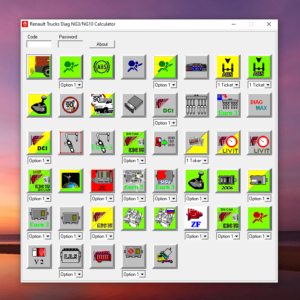

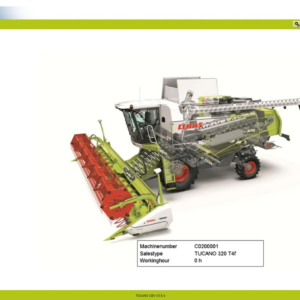
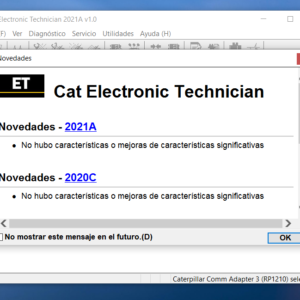
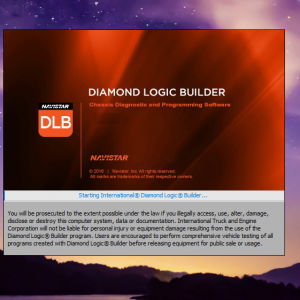
![Volvo Penta EPC 6 Offline VMware [12.2021] VMware](https://www.ecuforcetruck.com/wp-content/uploads/2022/11/VOLVO-PENTA-2021-A-300x300.jpg)
